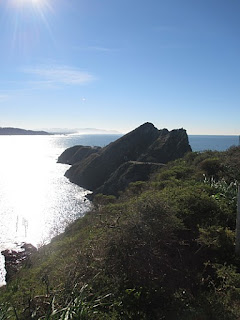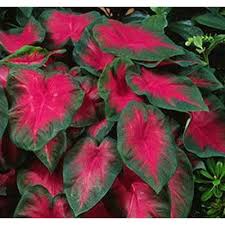Traveling the Southern States and discovering new trees, shrubs and flowers is such a pleasure! One of my favored trees down south is the Live Oak, a beautiful, shade-spending, and characterful species. Spectacular alleys like those in "Gone with the Wind" can be found in many residential neighborhoods in the South!
Live Oak Trees
It is such a pleasure to walk underneath huge Live Oak trees, especially when they are overgrown with silver-green moss. They are called a "live" oak because it is evergreen, with green foliage year round, rather than going dormant in the winter.
One of the oldest can be found outside of Charleston, South Carolina.
Few trees are as colossal and awe-inspiring as the Live Oak (Quercus virginiana). It's a fast grower, ultimately reaching up to 80 feet tall and 100 feet wide. The tree in the Angel Oak Park is estimated to be 400-500 years old. It stands 66.5 ft (20 m) tall and measures 28 ft (8.5 m) in circumference. Thriving in rich, coastal soils and along banks of streams and rivers, moss drapes over its long branches and dances with each breeze.
Live Oak trees' natural habitat is in the States from North Carolina all the way to Texas and from New Mexico up to Oregon - Hardiness Zone 8 and higher. Their acorns are a sweet attraction to qual, wood ducks, wild turkeys, and whitetail deer. These and a variety of birds and squirrels nest and make this tree their permanent home.
Live Oaks do best in warm, moist weather. They also like areas with mild winters. That makes them perfect for Central Texas. Live oaks cannot survive prolonged freezing temperatures and icy weather. The Live Oak does best in soil types that range from well-draining loam to poor-draining clay. A young live oak needs regular watering. The best way to water a live oak is to use a drip system for a slow, gradual soaking.
Protect the root zone of a live oak! You want to limit competition for resources surrounding your live oak. The best environment for a live oak is one where there is a comfortable root zone (15 ft) that contains mulch. You may have to remove sod and plants. You don’t want anything around the tree that can inhibit its growth.
More Sources:
https://en.wikipedia.org/wiki/Quercus_virginiana
http://www.sptreefarm.com/interesting-facts-about-live-oak-trees.html
https://www.fast-growing-trees.com/Live-Oak-Tree.htm
http://www.keepaustingreen.com/care-live-oak/
.
<><><><><>
.













































